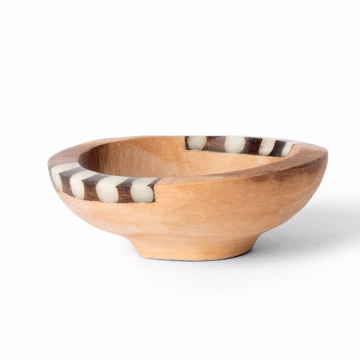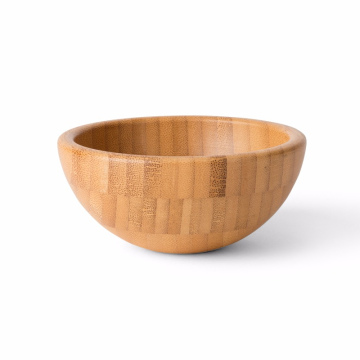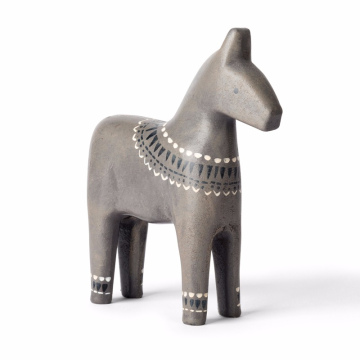Introduction to Yakitori
Yakitori, a quintessential component of Japanese cuisine, translates to "grilled chicken." Rooted in the Edo period (1603-1868), this culinary delight began as a simple street food, allowing people to savor skewered chicken while on the go. Over the years, yakitori has evolved from these humble beginnings into a beloved dish, celebrated across Japan for its diverse flavor profiles and unique preparation methods. It is now a staple in izakayas—casual drinking establishments—and dedicated yakitori restaurants, where chefs specialize in this art form.
The preparation of yakitori offers a fascinating glimpse into Japanese culinary practices. Various parts of the chicken can be used, each bringing its own distinct texture and flavor to the dish. Common cuts include juicy thigh meat (momo), tender breast (sasami), and flavorful organs such as liver (reba) and heart (hatsu). The grilling process is crucial, as it is often performed over a charcoal fire, which imparts a rich smokiness that enhances the natural flavors of the chicken.
Seasonings play a vital role in the taste of yakitori. Traditionally, chicken skewers are seasoned with either a salt-based mixture known as shio or a savory sauce called tare, which combines soy sauce, mirin, and sugar. This dual approach to seasoning allows for significant variation in taste, accommodating preferences ranging from simple and subtle to rich and complex.
As the popularity of yakitori has spread, it has also become emblematic of more than just a meal; it represents a communal dining experience. Often enjoyed with friends or family, the act of grilling and sharing these skewers fosters a sense of connection, deeply rooted in Japanese culture. This introduction paves the way for a deeper exploration into the social aspects and regional variations of yakitori across Japan.
Grilled to Perfection: Discovering Yakitori in Japan
Explore the rich history, preparation methods, and regional variations of Yakitori, the beloved Japanese grilled chicken skewer. Discover the art of grilling, the importance of seasoning, and the best places to enjoy this culinary delight in Japan. From the bustling izakayas of Tokyo to hidden rural gems, immerse yourself in the flavors and communal dining experience that defines Yakitori culture. Whether you prefer shio or tare seasoning, learning about Yakitori offers insight into Japan's culinary heritage and pairing beverages like sake and shochu enhances the experience. Join us on this delicious journey into one of Japan's most cherished dishes.
Grilled to Perfection: Discovering Yakitori in Japan
The Origins of Yakitori
Yakitori, a beloved dish in Japanese cuisine, has roots that delve deep into the historical grilling techniques of the country. Originating in Japan during the Edo period (1603-1868), this simple yet delightful skewered chicken began as a way to utilize every part of the bird, including meat, skin, and offal. The word "yakitori" translates directly to "grilled chicken," and it is believed that the technique was influenced by various cooking methods, notably the traditional robatayaki grilling style that utilizes hot, charcoaled embers for cooking.
As the years progressed, yakitori evolved significantly, becoming a prominent feature in Japanese culture. Its integration into the izakaya dining experience, which combines a casual atmosphere with a diverse menu, has amplified the popularity of this dish. The izakayas allowed for the exploration of various flavors, as cooks began to experiment with marinades and sauces, leading to regional variations that reflect local tastes. For instance, while salt (shio) is the primary seasoning in certain areas, others might prefer the sweetness of a soy-based tare sauce.
Moreover, yakitori's adaptability can be traced through key historical moments and societal changes. In post-war Japan, for example, the rise of street food culture significantly contributed to the allure of yakitori. Street vendors selling skewered chicken became iconic symbols of bustling city life, drawing crowds eager to enjoy affordable, flavorful bites. Each region of Japan began to develop its unique styles and ingredients for yakitori, from the use of specific chicken breeds to accompanying dipping sauces, adding a rich tapestry of flavors to the culinary landscape.
Today, yakitori stands as a quintessential representation of Japanese cuisine, celebrated not only for its delicious flavors but also for its embodiment of community and tradition, making it a staple that continues to evolve while staying true to its historical roots.
The Art of Grilling Yakitori
Yakitori, a beloved Japanese dish, entails much more than merely cooking skewered chicken. The art of grilling yakitori is characterized by unique techniques and attention to detail that elevate its flavor profile to something remarkable. At the heart of this culinary craft lies the choice of grilling equipment, with the traditional charcoal grill known as 'sumibi' being the preferred method. Sumibi utilizes high-quality binchotan charcoal, which imparts a subtle smokiness to the meat while providing a consistent and controlled heat source. The use of charcoal is integral, as it allows for the precise temperature control necessary for achieving optimal doneness across various chicken cuts.
In addition to the grill, marinating and seasoning are key elements that enhance the overall experience of sumptuous yakitori. Typically, chicken is seasoned with a tare sauce—a savory blend of soy sauce, mirin, and sake—that infuses the meat with rich flavors during the grilling process. This marinade not only contributes a delightful sweetness but also helps to tenderize the chicken, ensuring a juicy outcome. In contrast, some yakitori is served with a simple sprinkling of salt, allowing the natural flavors of the chicken to shine through. Each treatment offers a distinctive taste, reflecting the chef's style and philosophy.
The preparation of skewers is equally crucial, as it influences both cooking time and presentation. Skilled yakitori chefs meticulously cut the chicken into uniform pieces, ensuring even cooking and consistent texture. They also take care to skewer the meat in such a way that allows for maximum exposure to heat, enhancing the browning and caramelization that occurs on the grill. Cooking times vary by part, with different chicken sections requiring specific durations to reach their ideal temperatures. This knowledge is vital; it reflects the dedication of yakitori chefs and their commitment to delivering a perfect dish, reinforcing yakitori's status as a quintessential Japanese culinary experience.
Types of Yakitori and Popular Skewers
Yakitori, a beloved Japanese culinary tradition, showcases the versatility of chicken through various cuts and preparations. The different types of yakitori highlight the unique flavors derived from specific parts of the chicken, each contributing to a rich tapestry of taste. Among the most popular cuts, tare (thigh) stands out, known for its juicy texture and rich flavor. The thigh meat is often marinated in a savory-sweet tare sauce, which enhances its natural meatiness while creating a delightful umami experience. Chefs often grill tare skewers over charcoal, imparting a smoky aroma that perfectly complements the chicken’s flavor.
Another beloved type of yakitori is negima, which features succulent pieces of chicken combined with green onions. The balance of flavor and texture is particularly appealing, as the slight char from grilling mingles beautifully with the sweetness of the scallions. The contrasting textures create an inviting bite, making negima a favorite among yakitori enthusiasts.
For those looking to explore deeper, motsu skewers offer a unique adventure. These skewers consist of various internal organs, such as heart, liver, and gizzards, grilled to perfection. The preparation emphasizes the natural flavor of these cuts, often seasoned simply with salt or light tare sauce to allow their distinct taste profiles to shine through. While motsu may not appeal to everyone, they provide a bold culinary experience that showcases the full spectrum of the chicken.
To complement yakitori, various side dishes enhance the overall dining experience. Traditional accompaniments include neatly arranged pickled vegetables, grilled seasonal vegetables, and sauces for dipping, like tare or shio. Additionally, beverages such as sake or beer are frequently enjoyed alongside yakitori, completing a meal that embraces the essence of Japanese cuisine. With such an extensive array of choices, each yakitori skewer serves as a delightful exploration of flavor in Japanese culture.
Experiencing Yakitori in Japan
To authentically experience yakitori in Japan, one must first seek out the best venues to indulge in this culinary delight. While high-end establishments may provide a refined atmosphere and exquisite presentations, local street vendors often offer a more intimate glimpse into the everyday enjoyment of this dish. Renowned yakitori restaurants, such as Fukutei in Tokyo’s Sugamo district and Toritake in Kyoto, are celebrated for their meticulous preparation and top-quality ingredients. However, don't overlook smaller, family-run joints, where the recipes may have been passed down through generations, encapsulating the essence of traditional yakitori.
When visiting a yakitori restaurant, there are specific dining etiquettes to consider. It is customary to greet the chef with a polite "irasshaimase" as you enter, acknowledging their role in the communal dining experience. Additionally, ordering should be approached with curiosity; do not hesitate to ask for recommendations. Chefs take pride in their craft and often appreciate when patrons show an interest in the nuances of their offerings. Remember to try a variety of skewers, including chicken (the star ingredient), various vegetables, and even unique options like quail or liver, as this allows for a broader understanding of flavors and textures.
Engaging with chefs can enrich your yakitori experience further. Many chefs enjoy sharing the stories behind their food, which may include the sourcing of local ingredients or traditional cooking methods. Personal anecdotes from locals highlight the communal nature of yakitori; it is not merely a meal but a celebration of friendship and bonding. Enjoying yakitori alongside friends or welcoming fellow diners increases the warmth of the dining experience, transforming it into an unforgettable cultural journey that transcends just taste.




